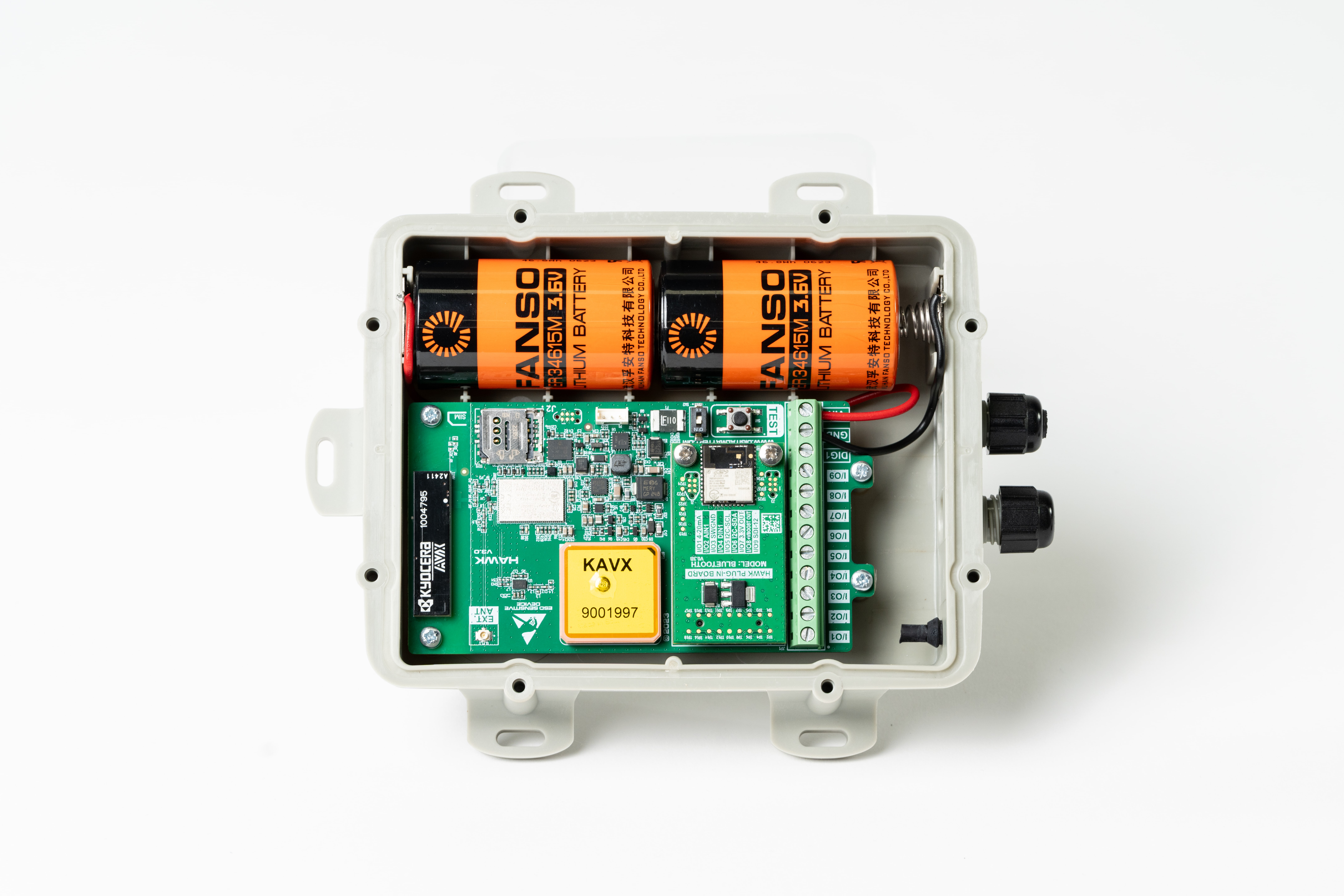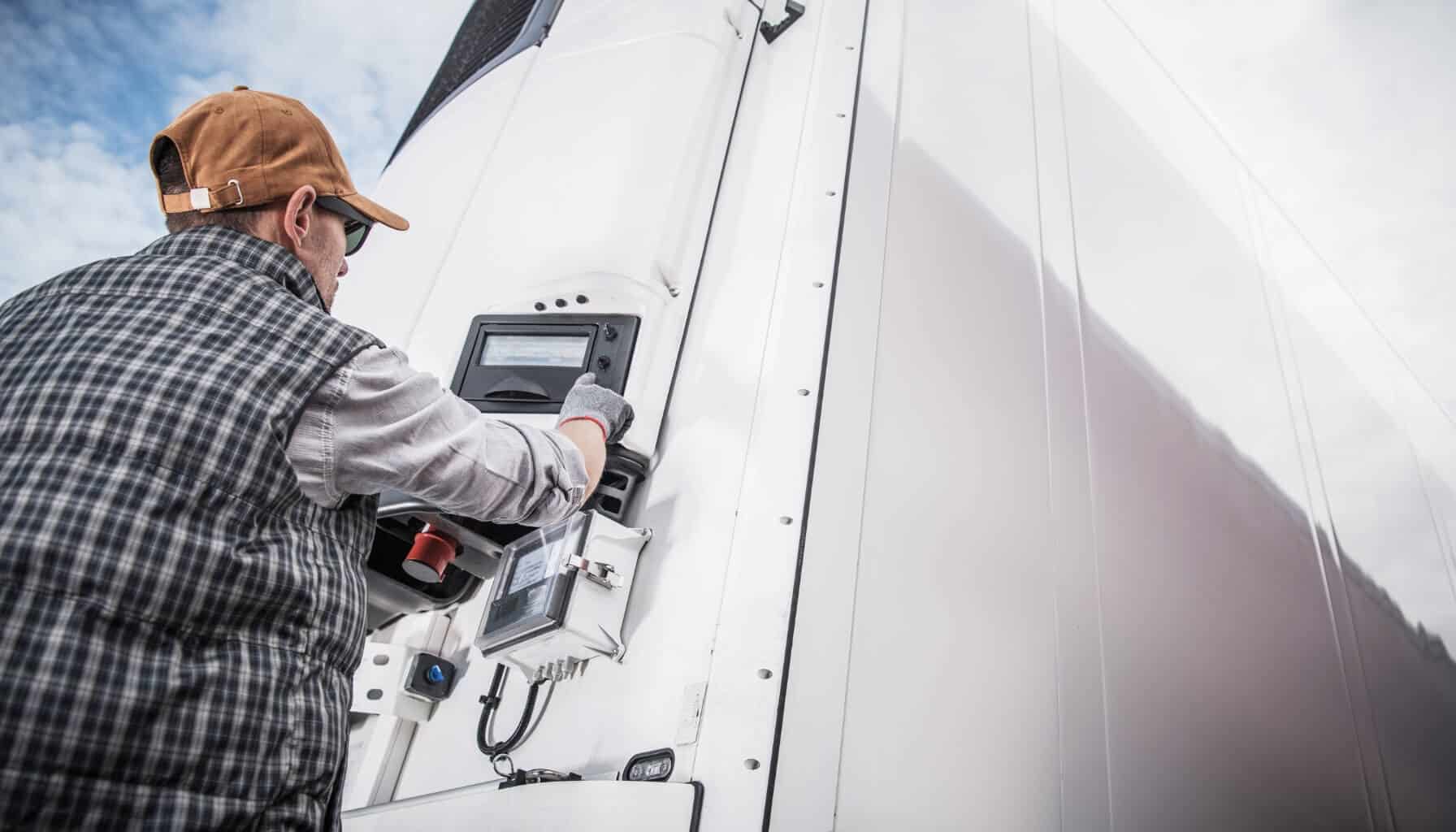4-20mA Sensor Monitoring

Our mission is to help businesses connect, protect, and derive more value from their assets. As a leading global innovator, developer, and supplier of IoT solutions, we drive continuous innovation to enable our partners to deploy confidently at scale worldwide.

In the world of industrial and environmental monitoring, precision and reliability are critical. 4-20mA communication stands out for its robust signal integrity and simplicity, making it an essential component for various applications. Pairing this technology with data loggers ensures precise data collection, and remote data access.
What is 4-20mA
4-20mA (4 to 20 milliampere) is a communication standard used primarily for transmitting analog signals over long distances. It is extensively utilized in industrial environments for connecting sensors to data acquisition systems, with its low cost and simple wiring making it an efficient solution.
Key Features of 4-20mA:
- Robust Signal Integrity: The 4-20mA signal is less susceptible to noise over long cable runs, ensuring accurate data transmission even in electrically noisy environments.
- Simplicity and Standardization: It uses a simple two-wire setup for both power and data transmission, which reduces installation costs and complexity.
- Live Zero Capability: The 4mA signal represents the lowest measurement point, not zero, which allows the system to detect sensor faults and wire breaks.
How It Works:
A 4-20mA communication setup involves a transmitter (sensor) and a receiver (data logger or controller). The current flowing through the circuit represents the level of a physical parameter (e.g., temperature, pressure). As the parameter changes, the current adjusts between 4mA and 20mA proportional to the change, allowing precise monitoring and control.
Applications and Sensor Types of 4-20mA in Monitoring Systems
Industrial Automation:
- Process Control: Sensors in manufacturing plants monitor variables like flow rate, pressure, and load, transmitting data via 4-20mA to ensure optimal process parameters.
- Safety Monitoring: Critical in hazardous environments to monitor conditions that could lead to safety incidents.
Environmental Monitoring:
- Air Quality: Some sensors that measure pollutants or toxic gases use 4-20mA to send data to central monitoring systems, crucial for regulatory compliance and public health.
- Water Management: Used in water treatment facilities to monitor chemical dosing and water quality.
Building Automation:
- HVAC Systems: Monitoring temperature and humidity to manage building climate control systems efficiently.
- Lighting Systems: Monitoring and controlling light intensity levels throughout large facilities.
Reading 4-20mA Data: Data Loggers
In 4-20mA monitoring systems, data loggers convert the analog signals into digital data, enabling detailed analysis and actionable insights. These data loggers are equipped with sophisticated Analog-to-Digital Converters (ADC) that precisely interpret the varying current levels as exact measurements of environmental or process conditions. This digital conversion is crucial for monitoring systems to accurately reflect real-world variables in numerical form.
The integration of 4-20mA sensors with high-capacity data loggers, such as the Hawk Data Logger, further enhances system capabilities through advanced data processing and management. The Hawk Data Logger is designed not just to record data but to add value by providing near real-time data visualization, enabling event notifications, and facilitating automated reporting.

Summary
4-20mA sensor monitoring remains a cornerstone in industrial and environmental systems due to its low cost and simple installation process. The use of advanced data loggers like the Hawk enhances these systems' capabilities, ensuring data is not only accurately collected but also effectively utilized to drive decision-making.
Learn how the Hawk data logger can elevate your 4-20mA sensor systems, ensuring precise data collection and effective utilization. Contact us today to discuss your specific needs and discover the best solutions for your operations.


.png)




